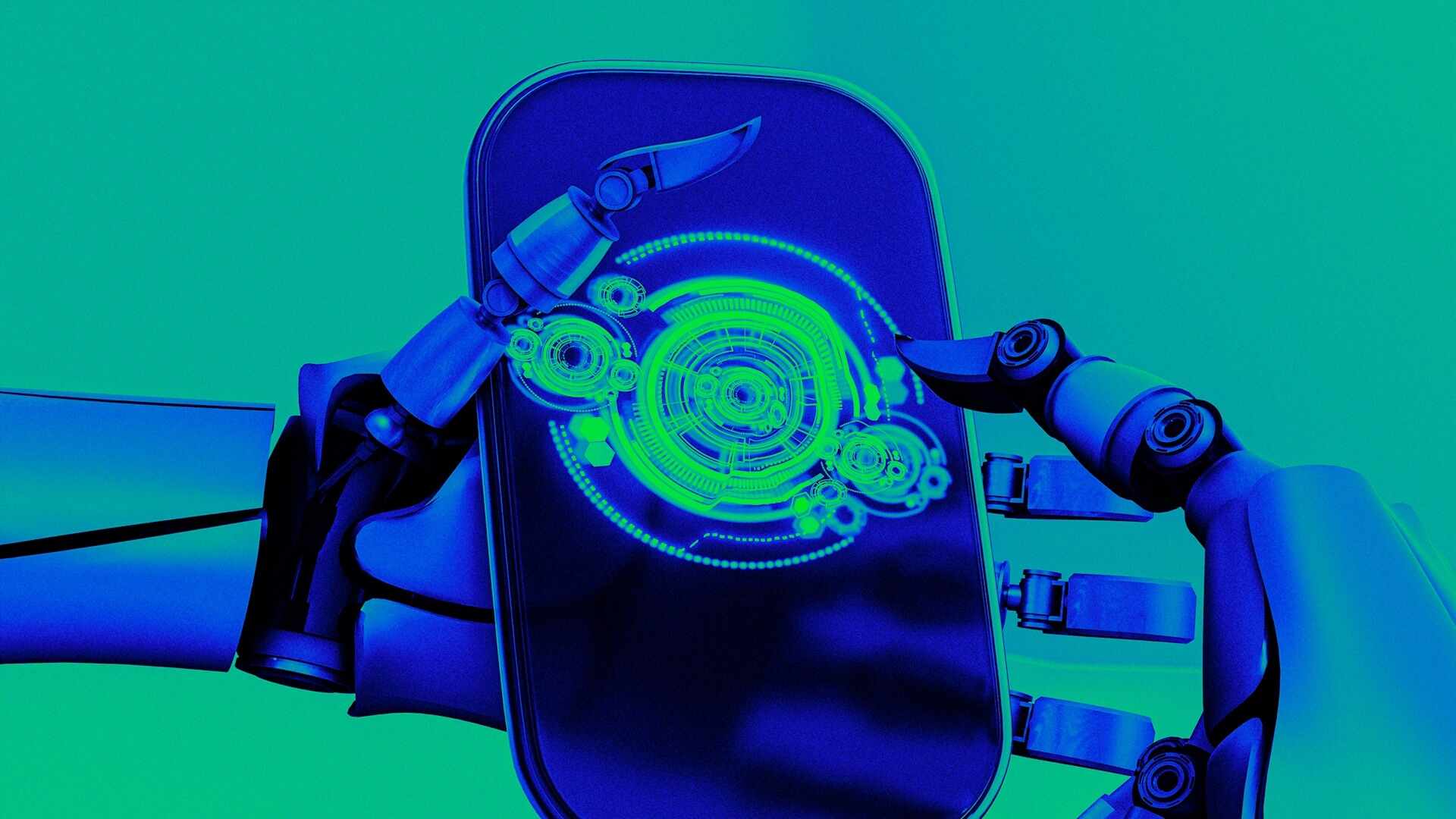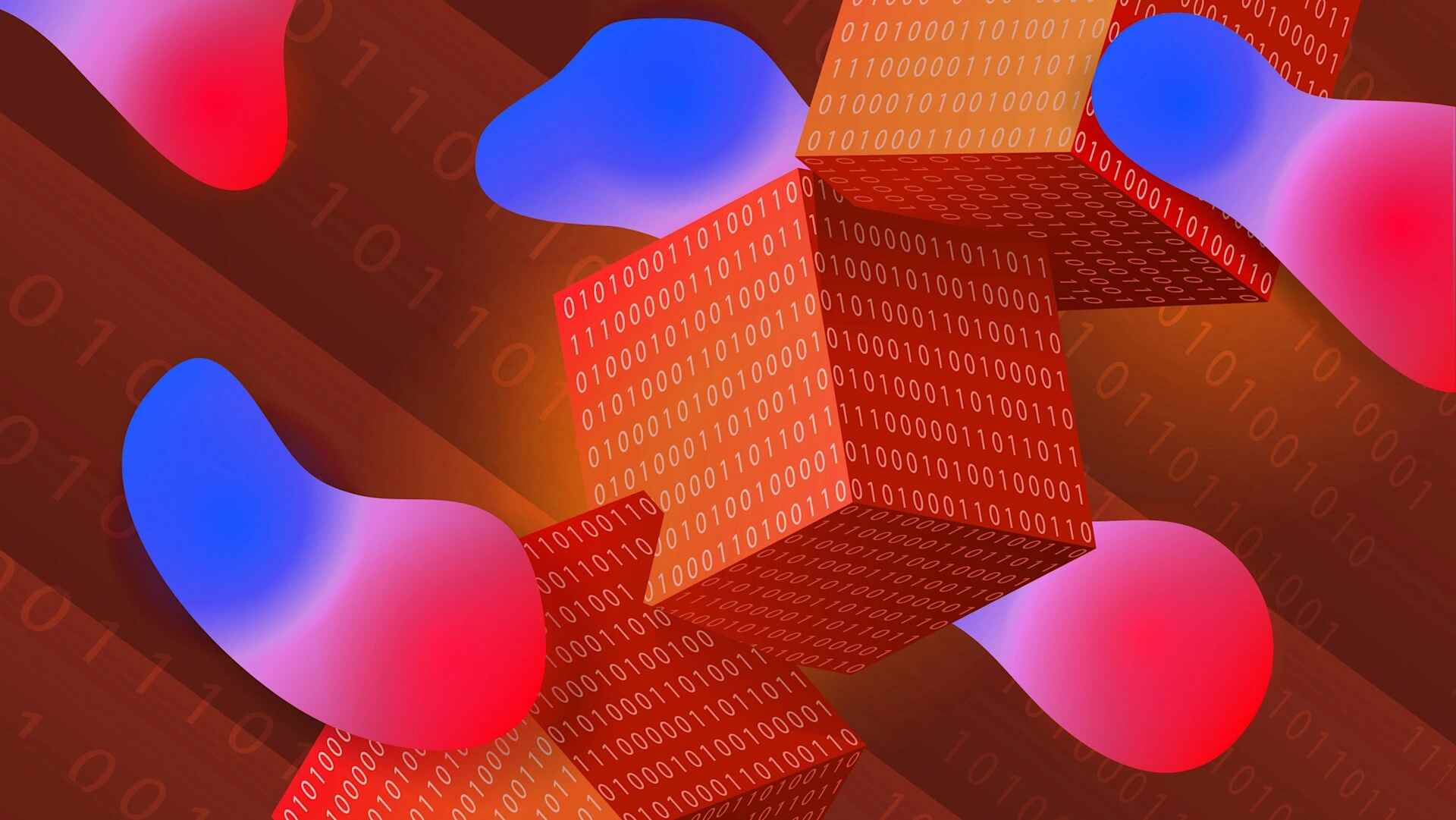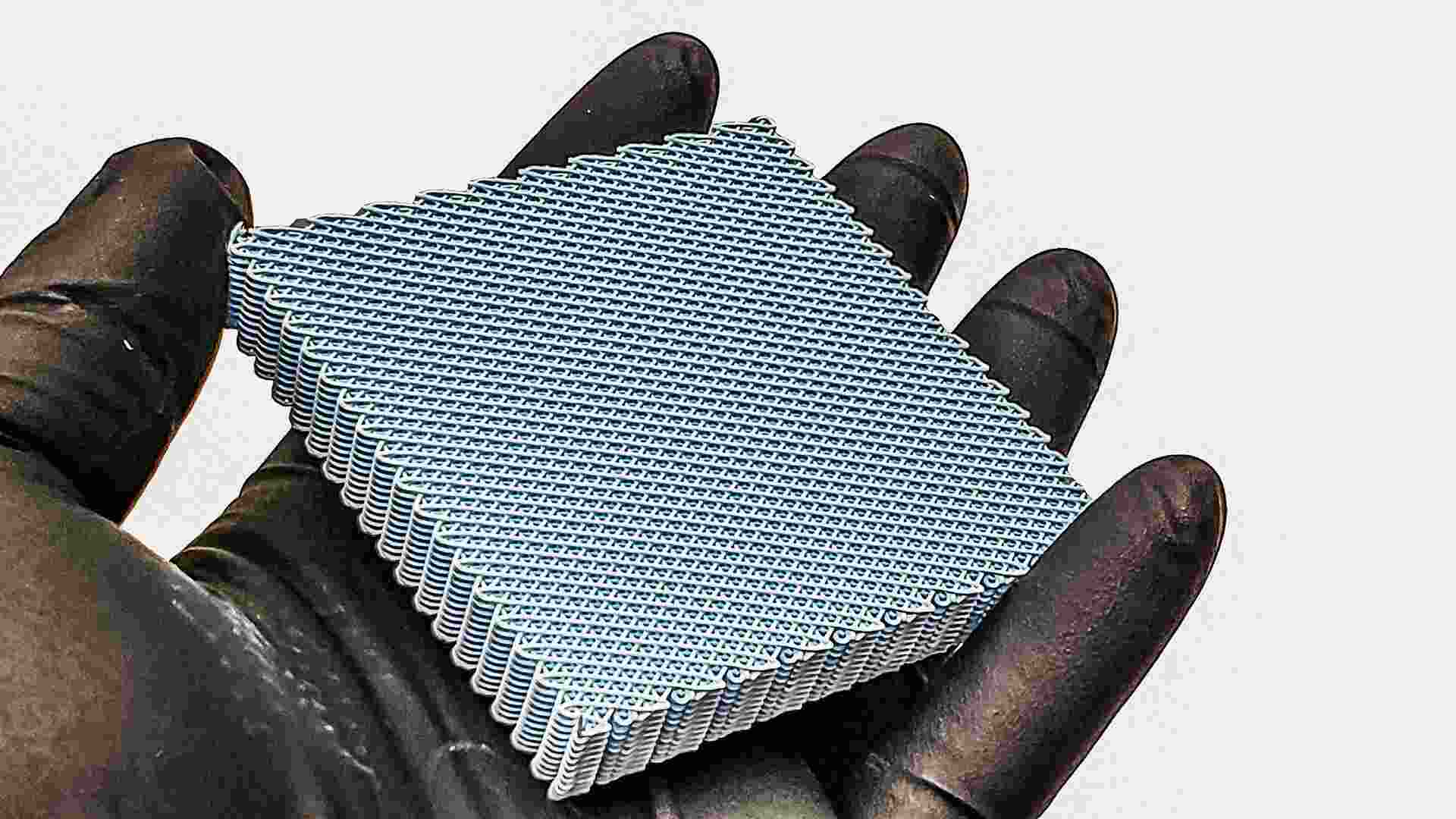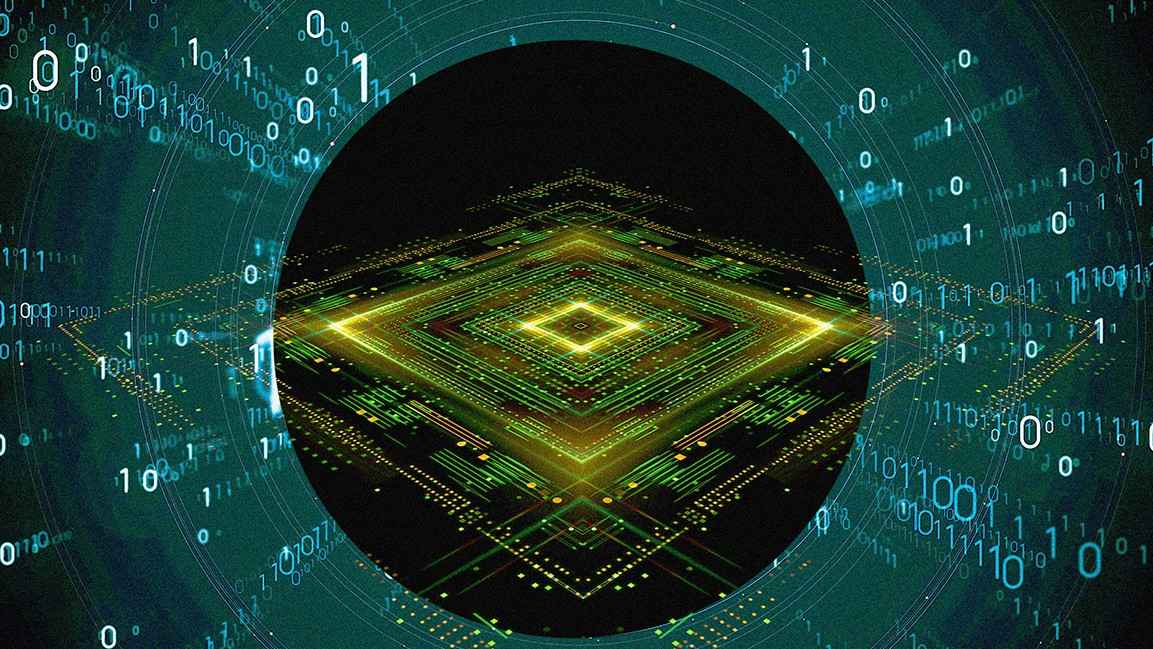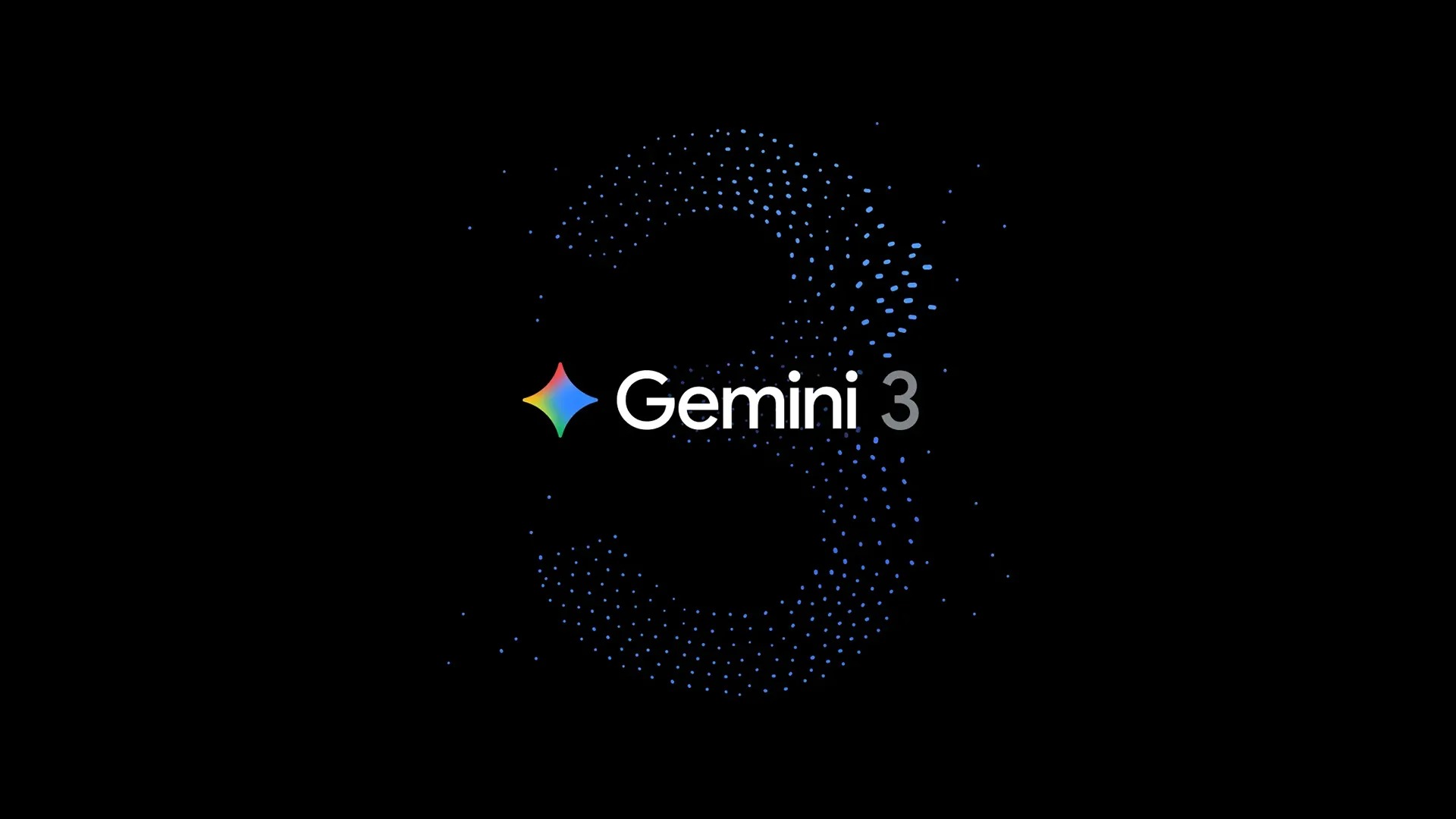- | 1:00 pm
KAUST scientists develop AI to fast-track embryo development research
The deep learning tool deepBlastoid analyzes lab-grown early human embryo models with unprecedented speed and precision.
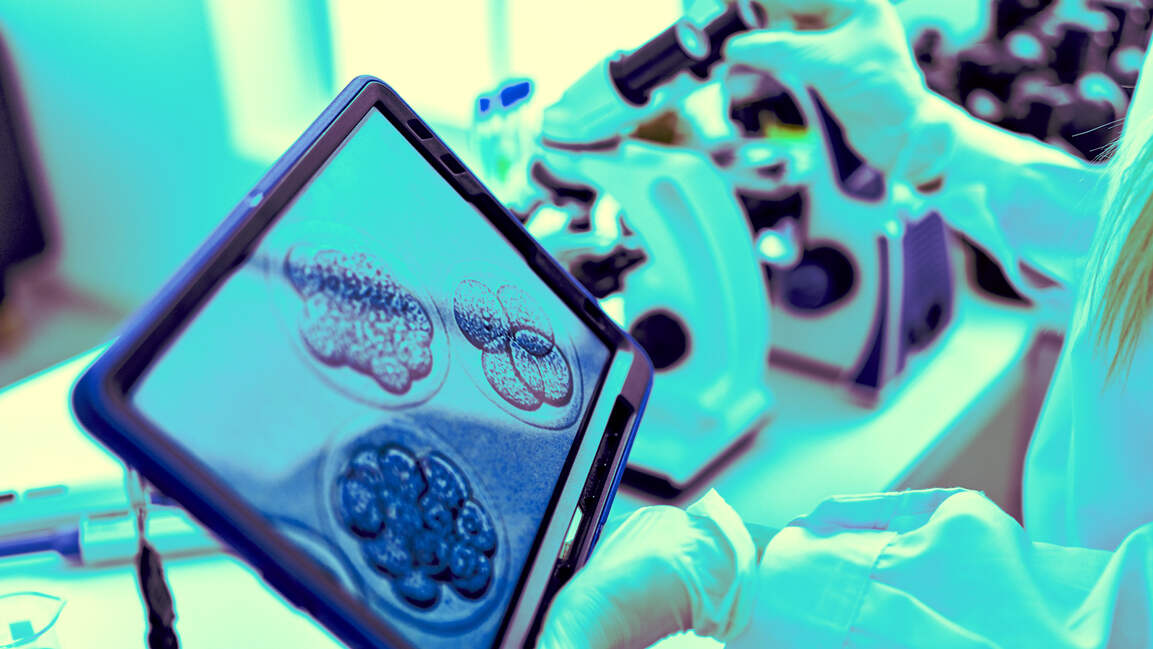
Researchers at King Abdullah University of Science and Technology (KAUST) have developed deepBlastoid, an advanced deep learning tool that analyzes lab-grown models of early human embryos with remarkable speed and accuracy.
The AI-powered system can assess images of blastoids, stem cell-derived structures that closely resemble the human blastocyst stage, which occurs around five days after fertilization, up to 1,000 times faster than manual analysis by expert scientists, while delivering comparable levels of precision.
With ethical limitations on studying actual human embryos, blastoids have become essential models for exploring early developmental biology, fertility research, and the underlying causes of pregnancy complications.
KAUST researchers trained deepBlastoid on more than 2,000 microscopic images before deploying it to analyze over 10,000 additional images, studying how different chemicals influence blastoid development. The findings have important implications for reproductive health, especially for individuals taking prescription medications while trying to conceive.
“Little is known about the very early stages of embryo development,” said Mo Li, associate professor at KAUST and an expert in stem cell biology. “With deepBlastoid, we can scale up blastoid research to study embryo development and the effects of chemicals on pregnancy.”
Traditionally, scientists have evaluated blastoids manually under a microscope—a time-consuming process with accuracy that can vary depending on the observer’s expertise and laboratory protocols. In contrast, deepBlastoid can analyze up to 273 images per second, making large-scale data processing feasible for the first time.
“DeepBlastoid not only matches human performance in accuracy, but its efficiency allows scientists to analyze vast amounts of data in a short time, enabling experiments that were previously unfeasible,” said Peter Wonka, professor of computer science at KAUST and co-developer of the tool.
The team believes the technology could be adapted for other stem cell-based models, paving the way for research into additional stages of embryonic development and organ formation.














